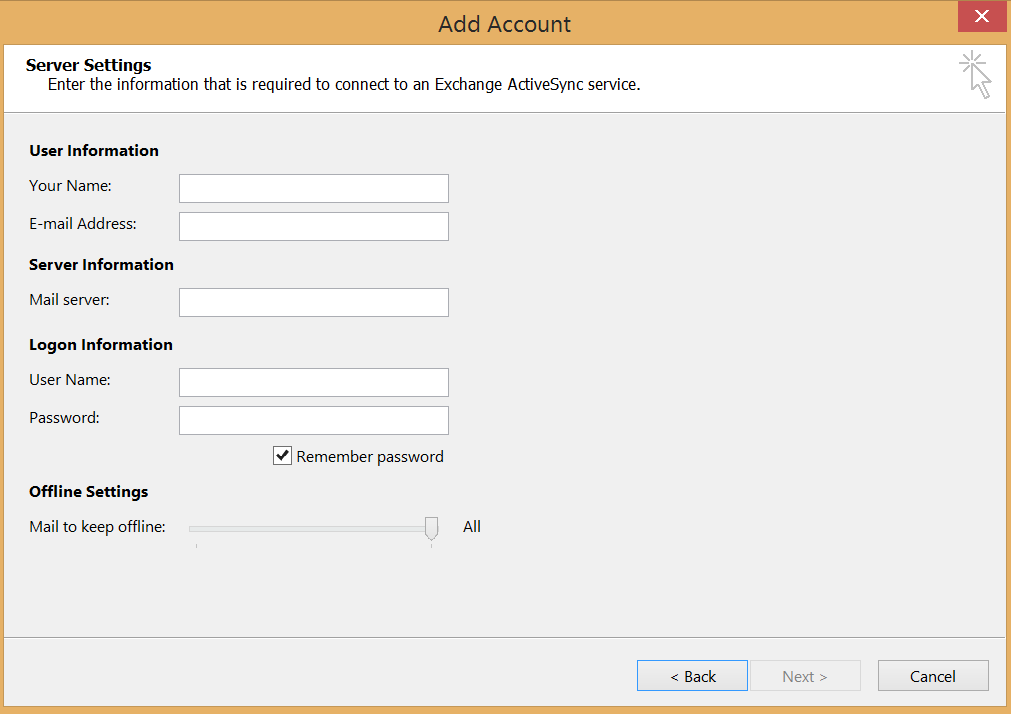Configuring for the edge case
Today I set out to
do something simple….set up my outlook client software to use my outlook.com
account.
Simple right?
Turns out this
simple task was really not that simple.
The reason my case
was different than many, is because I use a custom domain for my email. What
baffled me for several hours was that I needed a custom configuration, and like
most consumer based solutions, outlook.com's documentation is quite incomplete.
See the issue with
my problem was that what I was doing was a result of an edge case.
Def: Edge case - A condition or
parameter not expected, or something that only happens rarely or occasionally.
I'm a consumer, and edge case
All too often you
want to use tools in their simplest manner, but edge cases make them either
unpredictable, or unusable. Also we want all our tech to be simple to use, but
almost everyone has an edge case in their lives that software does a lousy job
of addressing. Today, providers need to consider more and more edge cases, and
providers need great documentation, not less… the idea that you rely on a
technical community to dig up some long drawn out answer from a conversation
thread is not a great answer, but becoming standard today.
Franks edge case solved
I found great
guidance by Robert Long on his site Omega Web, on a post "How
to configure a custom Domain with outlook.com" where Robert goes into
details on configuring your domain registrar setting to use outlook.com with
the correct mail records, or MX records for outlook.com.
Turns out that his edge case involves a common
problem, getting your domain host to redirect mail correctly with your customer
domain name.
Great, however turns
out this is not my edge case. I was
looking to set up outlook to plainly work with outlook.com. My root problem
that I realized was that I did not know what the mail servername for outlook
was supposed to be?
If you're interested
in following along, open outlook then select:
Add account (at
least that's what it's called in Office 13)
Select Manually
setup additional server types
Then select
outlook.com or exchange activesync compatible services
Click next, and you
will see this add account dialog box.
You will be prompted
to provide your username (BTW this should be your Microsoft account login ID),
password, and…
The name of a mail
server. Hmm. What is the outlook.com mail server name? Maybe some of you can
find this quickly but to no avail it took quite a bit of hunting to find that
the server name I needed was:
m.hotmail.com
Yes, looks simple.
But to me this was a royal pain to find. And brings me back to my original
statement.
Making tools simple
requires providers and vendors to spend more time in understanding edge cases,
and providing documentation that is simple to find, and understand… Maybe
consider a help button on configuration pages!..
My scenario is a
great cloud readiness case. This requires developers to think and work closer
with operations folks who deploy new services, and consider guidance that
addresses the move from traditional boxed single application models, to more
complex multi-facet service model. Based on the search terms I used, it seems
many faced the same edge case I had, and general frustration that Microsoft did
not provide clear and simple guidance to make this more user friendly.
In my opinion as
users start to adopt more cloud services I see a need for designers to consider
how their cloud service, especially PaaS services work together with other
tools, companies need to think about the connection points, and link points
between solutions. The cracks between services will become the most important
issue for customers, and quality guidance and walkthroughs more essential. I see that users will most times just give up
making the new service unusable or undesirable.


Comments
Post a Comment